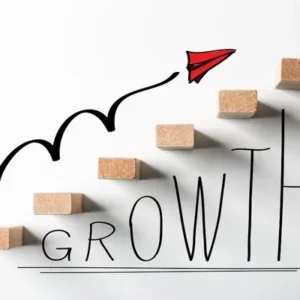The Government of Canada is investing over $82.3 million in Manitoba in 2025 to strengthen communities and support growth through critical infrastructure projects. These investments focus on foundational and recreational infrastructure, including public transit, water systems, local roads, and bridges, which are essential for supporting housing development and fostering connected communities.
In Rhineland, Manitoba, federal funding enabled the extension of approximately 8.7 km of waterlines from Plum Coulee to Ag Park West. This project improved water pressure and distribution to Phase 2 of the Ag West Industrial Park, enhancing services for existing residents and attracting new businesses to the area. Such investments highlight how infrastructure development can directly support community growth and economic development.
The Canada Community-Building Fund provides municipalities with flexible resources to address both present and future infrastructure needs. By funding local priorities, the program ensures that communities have the tools to build safer, more accessible, and resilient environments where families can thrive.
Federal and provincial leaders emphasized the importance of these investments in fostering sustainable growth, stronger neighborhoods, and improved quality of life. Winnipeg Mayor Scott Gillingham noted that infrastructure funding supports essential services such as roads, public transit, and fire-paramedic services, which are critical for accommodating the city’s growing population and creating connected communities.
The Canada Community-Building Fund is a permanent, indexed federal funding source that will deliver $26.7 billion between 2024 and 2034. In 2025-26 alone, the fund will provide $2.5 billion to 3,700 communities across Canada, including $82.36 million to Manitoba, to support strategic infrastructure projects across 19 categories. Since 2015, more than $957 million has been invested in Manitoba through the CCBF, demonstrating the long-term commitment to strengthening local infrastructure, increasing housing supply, and building resilient communities.







